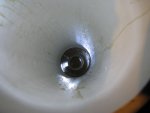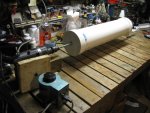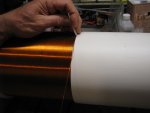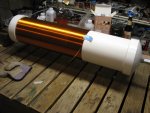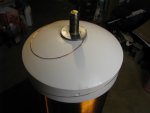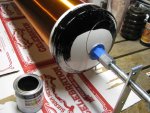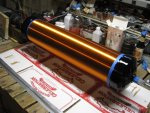Sigurthr
0
- Joined
- Dec 11, 2011
- Messages
- 4,364
- Points
- 83
That linked one is really freaking expensive but as long as it doesnt have a GFCI in it, yes it will work.
To answer your question; it's because the primary circuit is a tuned circuit and the voltage won't just stop rising once it reaches the voltage of the power supply. It will continue to rise uncontrollably until the system reaches an equilibrium point, be that from heavy loading of power transfer or self-destruction. You set the gap so that voltage stops rising at a certain point.
To answer your question; it's because the primary circuit is a tuned circuit and the voltage won't just stop rising once it reaches the voltage of the power supply. It will continue to rise uncontrollably until the system reaches an equilibrium point, be that from heavy loading of power transfer or self-destruction. You set the gap so that voltage stops rising at a certain point.




